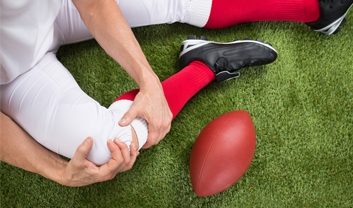Common Shoulder Injuries that Happen at Work
Shoulder injuries are some of the most common orthopedic injuries sustained while on the job. These injuries can happen in any work environment but are most prevalent in jobs that utilize heavy machinery and physical labor.


















